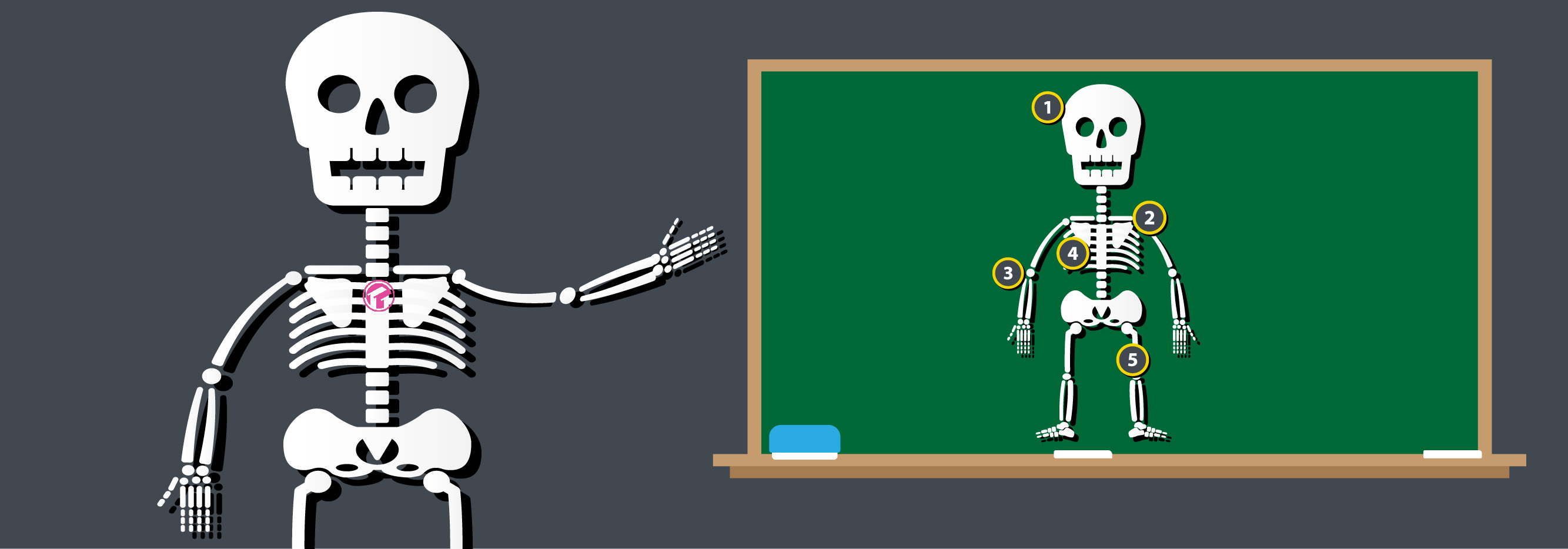Your credit score is an essential part of what lenders look at to assess you as a borrower and gives them a quantifiable number for which to judge your creditworthiness. No matter where you’ve been in your personal credit journey or where you’re going, there are certainly some ways you can improve your credit score and give yourself a boost in the eyes of lenders.
Knowing where to start improving your credit score begins with understanding what exactly makes up your credit score in the first place. Here’s our guide on the anatomy of your credit score.
Payment History – 35%
Payment history is the bread and butter of your credit score and makes up a substantial 35% of it.
Payment history takes into account your past history repaying debts and gives creditors a window into your future as a potential borrower. Your payment history looks at credit cards, student loans, and mortgages among other debt obligations and values how well you pay off those loans.
The best thing anyone can do for their credit is to make regular on-time payments to any debts they have.
Credit Utilization – 30%
How much of your available credit you’ve used is how credit reporting agencies determine your credit utilization and it makes up 30% of your credit score.
Your ability to responsibly handle credit available to you is another measure of creditworthiness that credit reporting agencies will use to evaluate you. Consistently maxing out credit cards or taking out petty loans to their max is a red flag to lenders vetting you for a loan. To improve this metric, simply stay away from credit limits and pay down any debt you have.
Length of Credit History – 15%
The length of your credit history gives potential lenders a view into your long term creditworthiness. If you’re new to credit or taking out loans, then your credit history will be fairly brief which can actually work against you.
Having any length of credit history will work in your favor as long as you’ve been faithful to paying off any debts you’ve had. On the other hand, long credit history with an improving trend will show creditors that you’ve worked to improve your financials and get back into their good graces.
New Credit – 10%
New credit makes up 10% of your credit score and primarily looks into whether or not you’ve opened up new credit recently.
While it could be coincidental that you opened up credit recently just before applying for a loan or new line of credit, it may seem to lenders like you’re in desperate financial times. While this isn’t always the case, on paper, it can harm your credit score and potential creditworthiness.
Credit Mix – 10%
Finally, your credit mix makes up the final 10% of your credit score. Credit mix is exactly as it sounds, it’s how varied your credit currently is.
For example, if all of your credit is tied up in credit cards, then you would be very one-sided when it comes to evaluating your credit mix. On the other hand, having your credit tied up in multiple different avenues such as a student loan, mortgage, credit cards, and the like will show that you’ve got credit in healthy places and could likely take on more.
Learn More About Your Credit and Getting a Mortgage
To learn about how your credit works to get a mortgage, contact the loan experts at Tidewater Mortgage Mortgage Services, Inc. Tidewater’s experienced mortgage loan experts can work with you to find a loan solution that works with you and your credit score!


